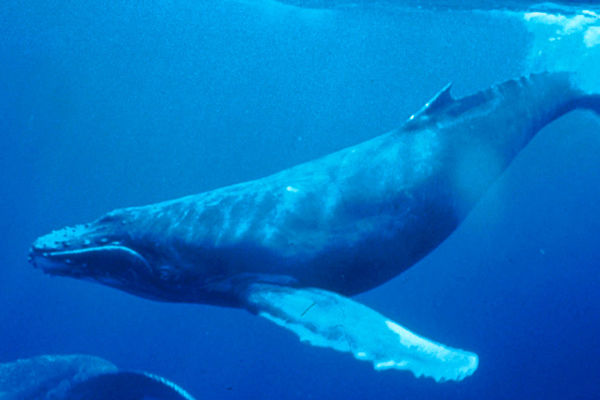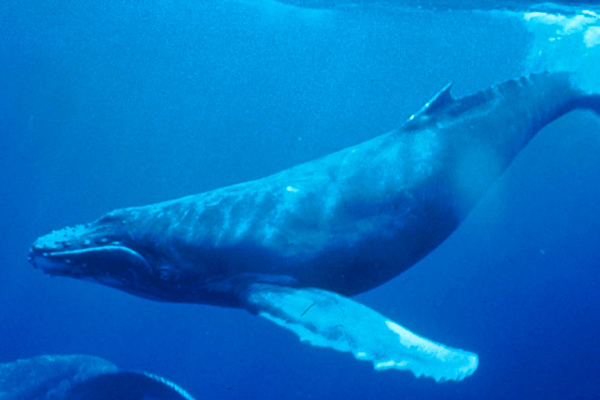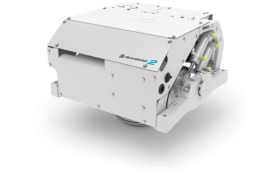As reported by Sciencenews.org, Humpback whales in Southeast Alaska have been observed deliberately pursuing and eating freshly released hatchery raised salmon. While the overall behavior is nothing new — Humpbacks are known for their wide range of food preferences — it is the first time that fisheries biologists have seen Humpbacks staging specifically in established release areas to prey on juvenile hatchery fish.
Marine ecologist Ellen Chenoweth, of the Juneau fisheries center at the University of Alaska Fairbanks, stated that the whales are ““40 feet long and they’re feeding on fish that are the size of my finger.” The Humpbacks typically exhibit lunge feeding behavior in the shallow water of the release areas, plowing into concentrations of schooled fingerlings, and allowing their throats to balloon outward to accommodate over 7,000 gallons of sea water and fish. The water is then strained through filters of baleen and the whale engorges the meal, which undoubtedly consists of thousands of juvenile salmon.

While the coverage focused on the scientifically notable observation of interpretive feeding behaviors on the part of the whales, it did not articulate whatever concern the finding may have on the overall impact to the fisheries escapement. Obviously, a 35-ton mammal intercepting tens or hundreds of thousands of anadromous smolts the moment they hit sea water is going to be a concern to biologists and taxpayers who support fisheries efforts. However, Humpbacks are a globally protected species, with a remnant worldwide population of just 80,000 individuals. Exerting any kind of animal control would probably run into an instantaneous political buzz saw.
All Cetaceans—which include whales and porpoises—are demonstrably intelligent, and Humpbacks in particular are noted for behaviors that make them extraordinarily successful. Groups of swimming Humpbacks will encircle large schools of small fish or shrimp, blowing rings of bubbles to disorient and herd their…





